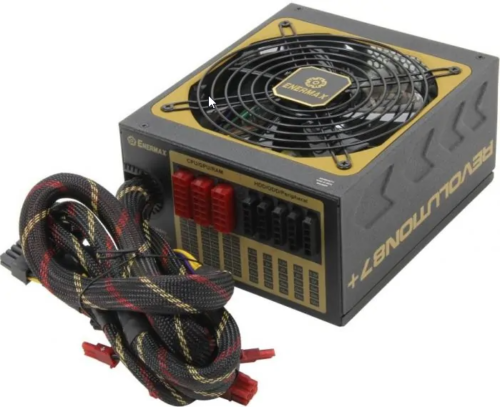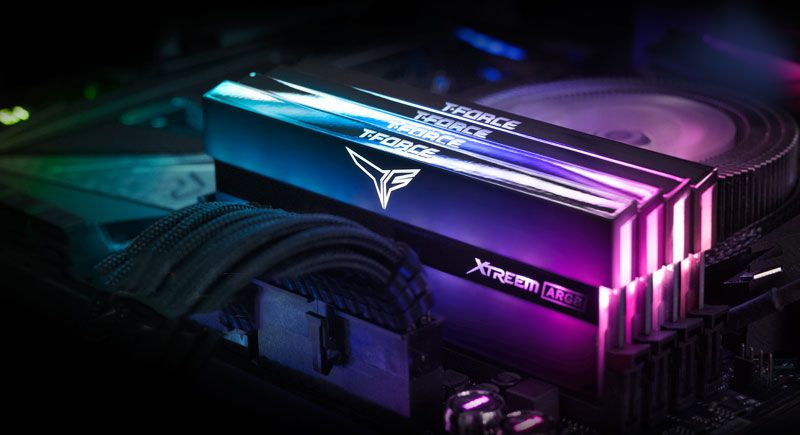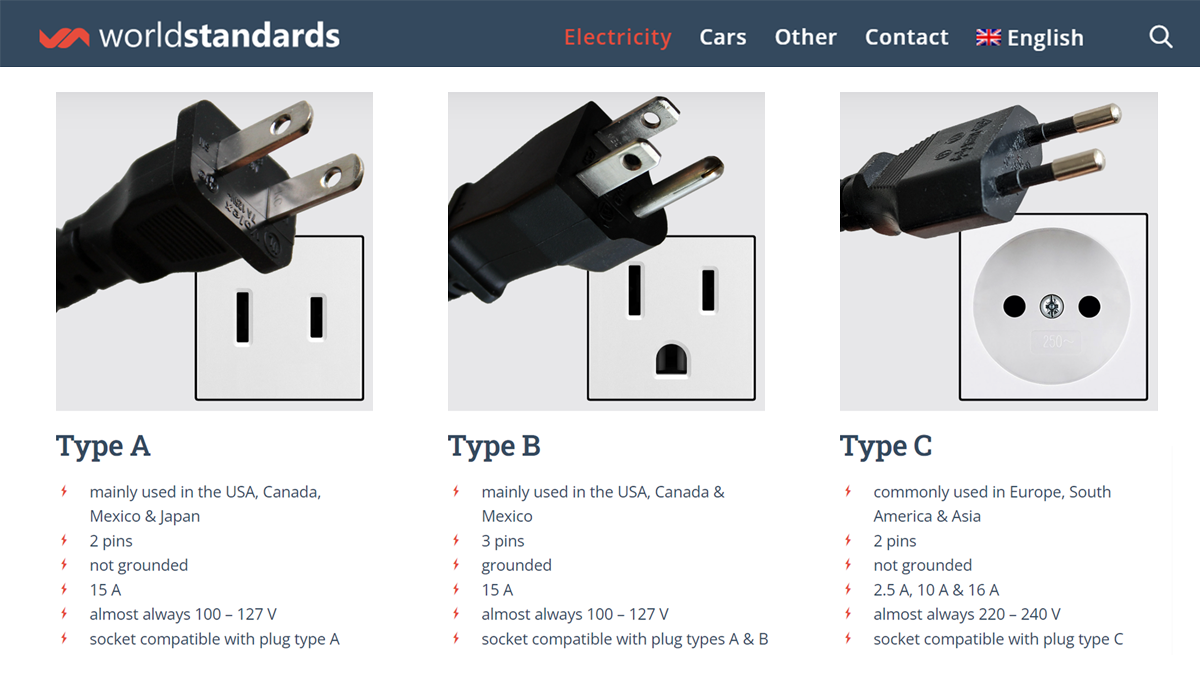Monitor: MSI Optix MAG274QRF 1440P (I bought it already)
CPU: Intel Core i7-12700
CPU Cooler: Deepcool AS500 Plus
Motherboard: MSI MAG B660M MORTAR WIFI DDR4
Memory: 2 x 16GB Crucial Ballistix 3200 DDR4 Memory White (BL16G32C16U4W)
Storage: My old SATA SSDs and a HDD, will buy an NVMe SSD when required
Case: Lian Li Lancool II Mesh Black - Type C RGB Case
Video Card: I'll upgrade to a next gen GPU (that performs somewhere around an RTX 3080) when it's available around MSRP, I'll wait a year or two if I have to, I don't want to buy overpriced GPUs that are not worth their price. I have an old GTX 760 which I undervolted and power limited (to 75 Watts) with a modified bios. I did this to prevent it from overheating since the fans stopped working since last year . It performs slightly slower than a GT 740 (based on some benchmarks I saw online). I think I'll be better off using the integrated graphics on the i7-12700. I have a huge backlog of older games that would work fine even with integrated graphics, so I'll play them until I get a new GPU.
Power Supply: ADATA XPG Core Reactor 650 Watt 80 Plus Gold or Asus ROG Strix 650W PSU
UPS: APC Easy UPS BVX1200LI-IN 1200VA / 650W, 230V
A note regarding Power Supply and UPS: APC UPS with a higher wattage (900W) rating cost twice as much, so I decided to go with a 650W Power supply and 650W UPS. The power outlet is connected to the Home UPS, but i like to use my PC with a separate UPS to prevent any voltage fluctuations.
I'd prefer to buy a 650W power supply and run the i7-12700 CPU with PL2 (power limit) of 140W if the PSU is inadequate when PL2 is set to 180 Watts. I'd pair the CPU with a next gen GPU that has a TDP of 300 Watts or lower (The RTX 3080 has a TDP of 320W, so the next gen GPU that has a similar level of performance will have a lower TDP).
What are your suggestions? Will I face any compatibility issues with this build? Is there anything that I have to change?
Thank you in advance.
CPU: Intel Core i7-12700
CPU Cooler: Deepcool AS500 Plus
Motherboard: MSI MAG B660M MORTAR WIFI DDR4
Memory: 2 x 16GB Crucial Ballistix 3200 DDR4 Memory White (BL16G32C16U4W)
Storage: My old SATA SSDs and a HDD, will buy an NVMe SSD when required
Case: Lian Li Lancool II Mesh Black - Type C RGB Case
Video Card: I'll upgrade to a next gen GPU (that performs somewhere around an RTX 3080) when it's available around MSRP, I'll wait a year or two if I have to, I don't want to buy overpriced GPUs that are not worth their price. I have an old GTX 760 which I undervolted and power limited (to 75 Watts) with a modified bios. I did this to prevent it from overheating since the fans stopped working since last year . It performs slightly slower than a GT 740 (based on some benchmarks I saw online). I think I'll be better off using the integrated graphics on the i7-12700. I have a huge backlog of older games that would work fine even with integrated graphics, so I'll play them until I get a new GPU.
Power Supply: ADATA XPG Core Reactor 650 Watt 80 Plus Gold or Asus ROG Strix 650W PSU
UPS: APC Easy UPS BVX1200LI-IN 1200VA / 650W, 230V
A note regarding Power Supply and UPS: APC UPS with a higher wattage (900W) rating cost twice as much, so I decided to go with a 650W Power supply and 650W UPS. The power outlet is connected to the Home UPS, but i like to use my PC with a separate UPS to prevent any voltage fluctuations.
I'd prefer to buy a 650W power supply and run the i7-12700 CPU with PL2 (power limit) of 140W if the PSU is inadequate when PL2 is set to 180 Watts. I'd pair the CPU with a next gen GPU that has a TDP of 300 Watts or lower (The RTX 3080 has a TDP of 320W, so the next gen GPU that has a similar level of performance will have a lower TDP).
What are your suggestions? Will I face any compatibility issues with this build? Is there anything that I have to change?
Thank you in advance.








